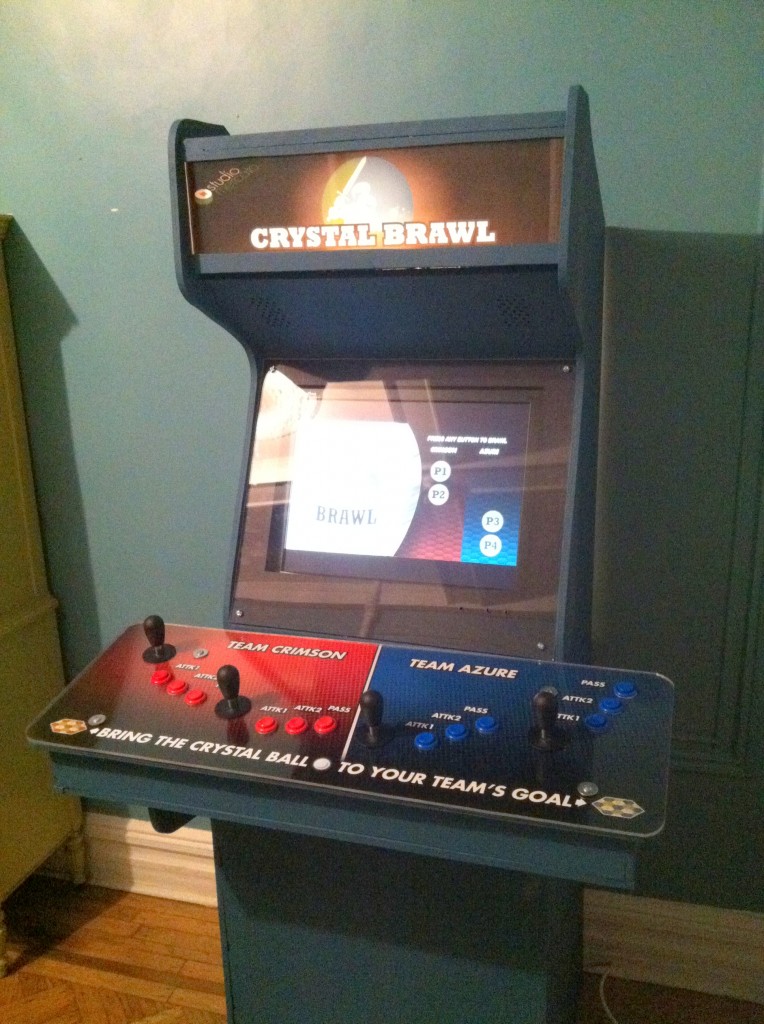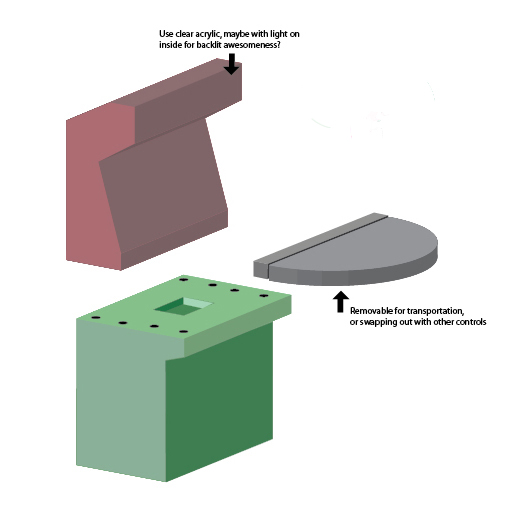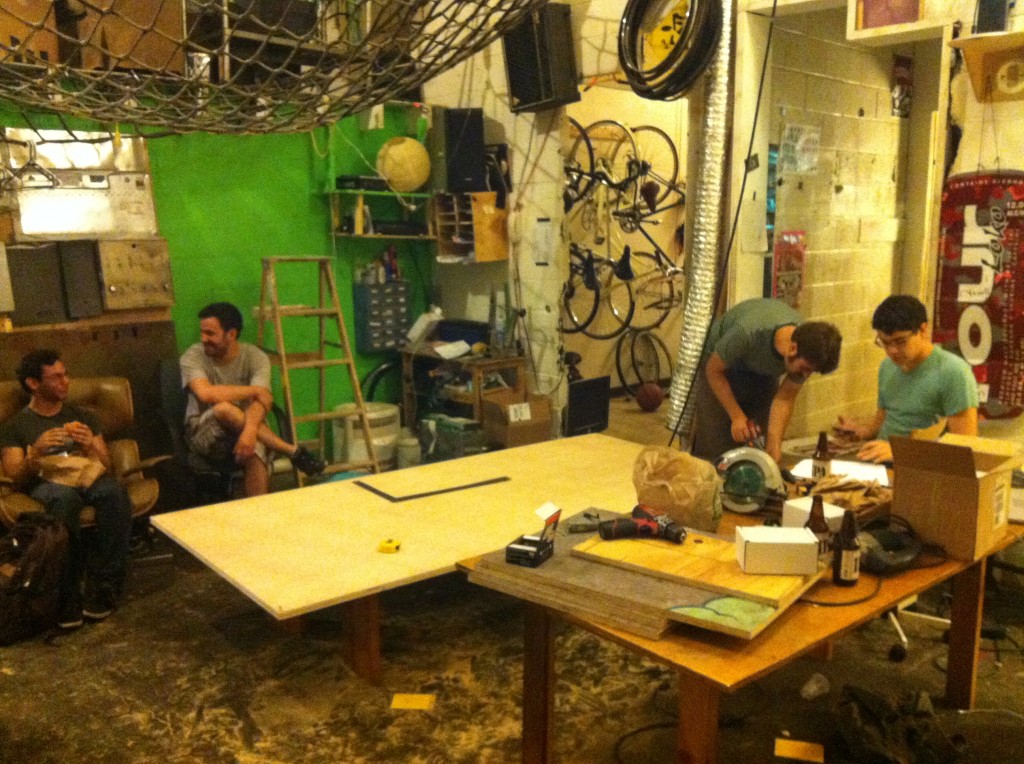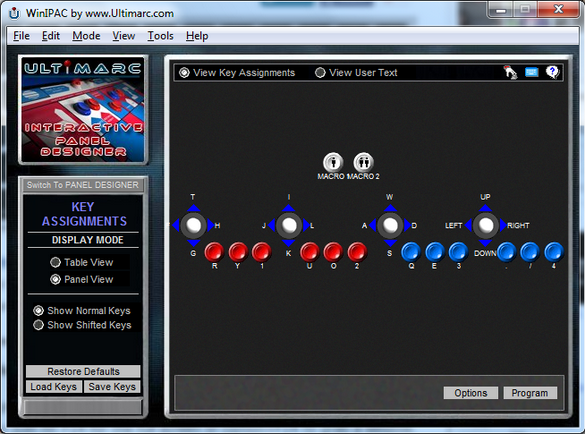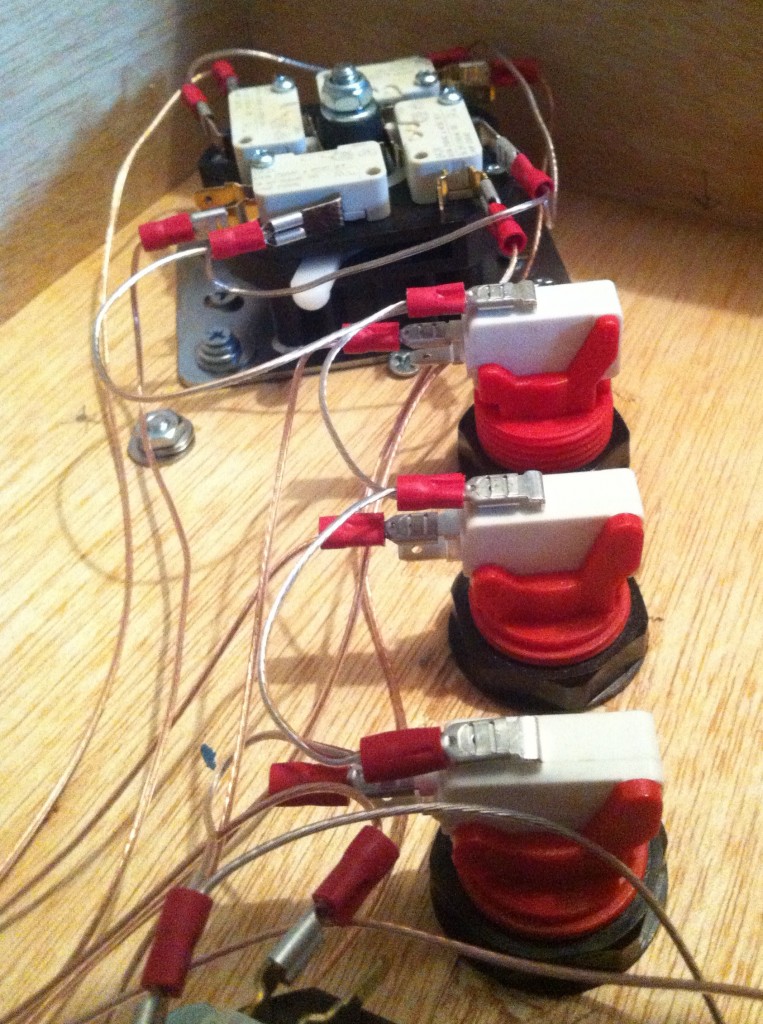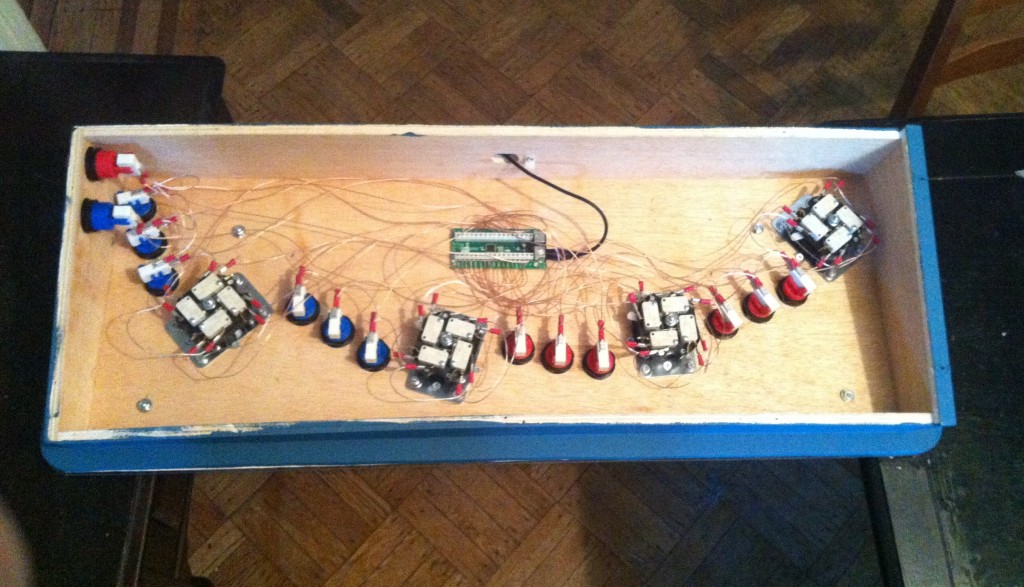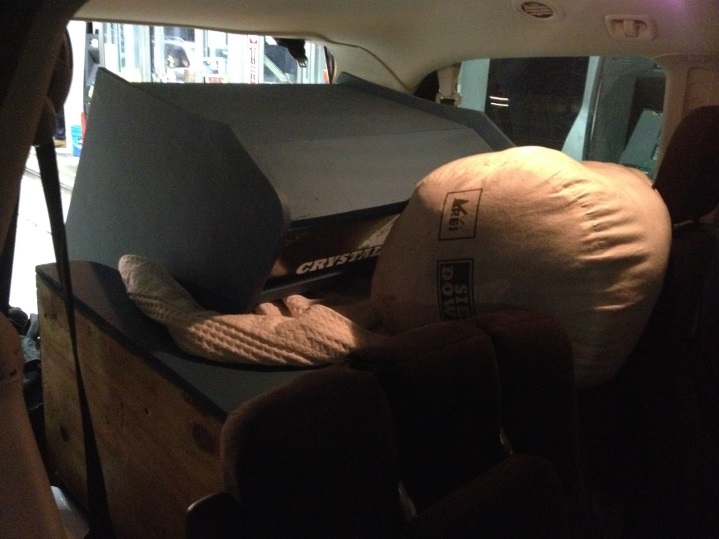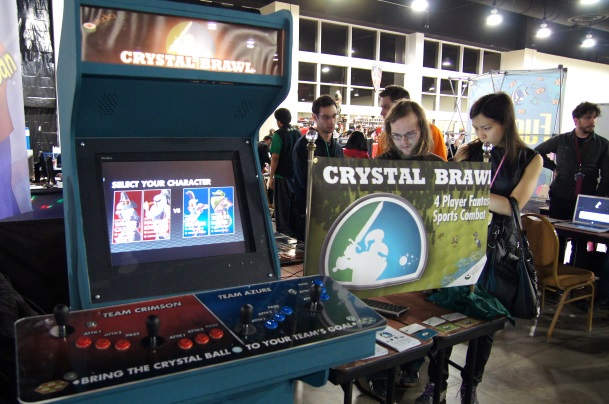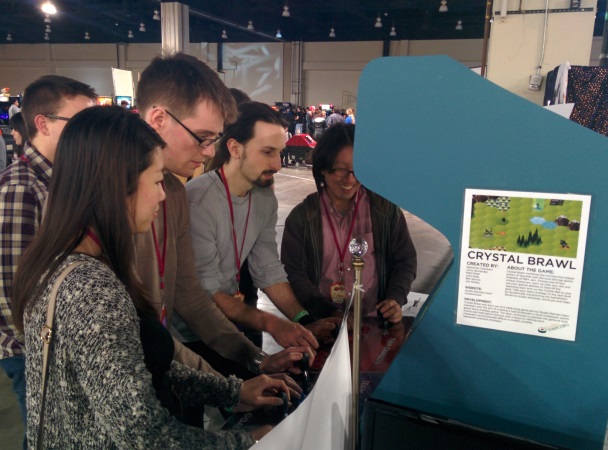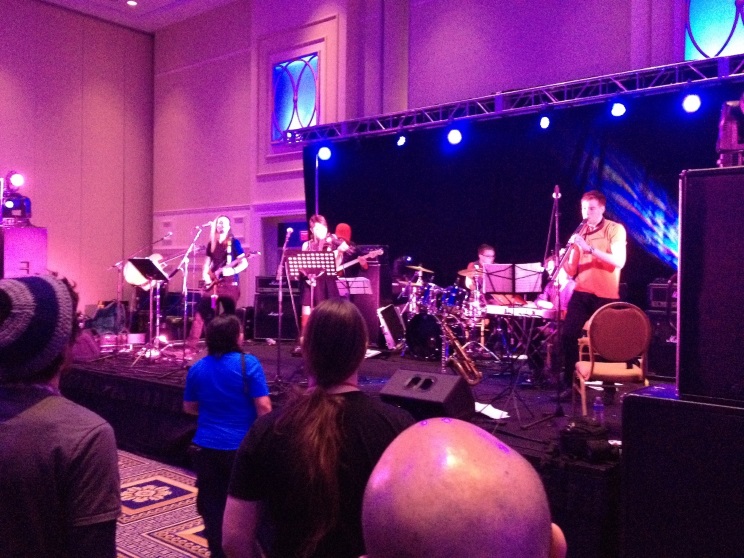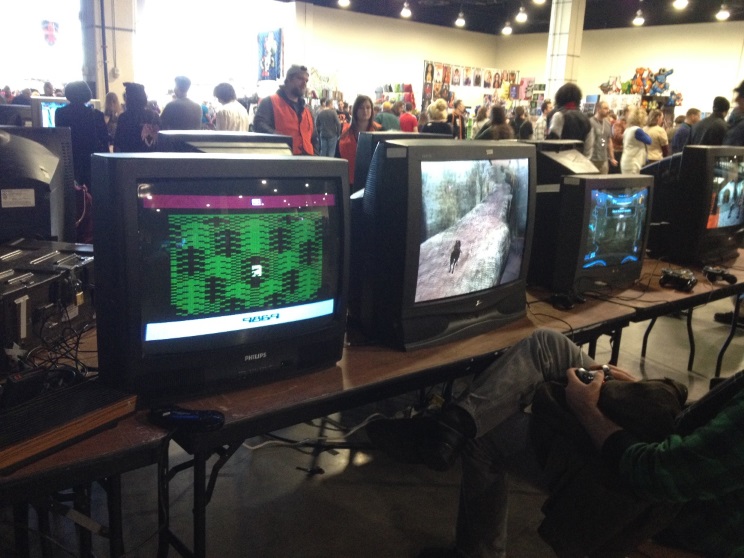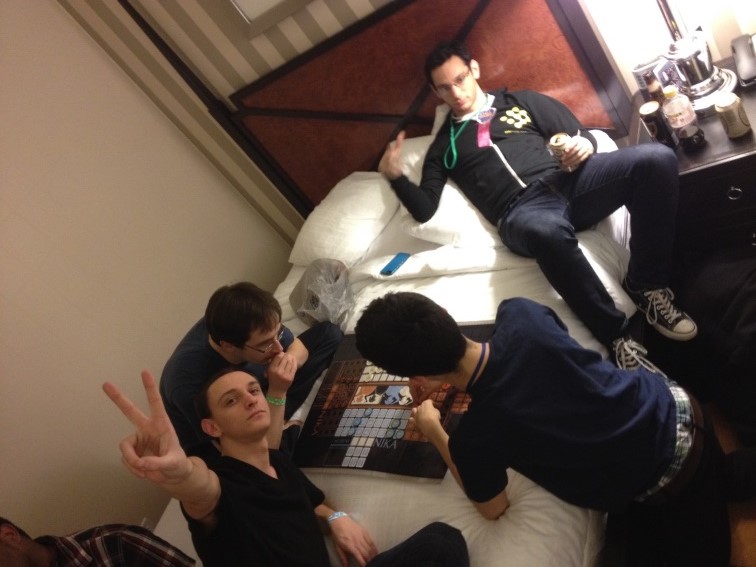This year, a bunch of us Mercatoites participated in the Global Game Jam, the world’s biggest simultaneous game jam! The GGJ holds special significance for us since the team first came together at last year’s event where we made the bacon-oriented platformer Gird Up Your Loins.
The theme for this year’s jam was, “We don’t see things as they are, we see them as we are.” Based mainly out of NYU’s jam site at their Brooklyn campus (with Nathaniel contributing from LA), Mercato folks in various teams ended up working on six games – one of them even won an award!
Here’s the final tally:
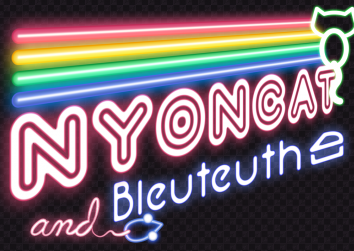

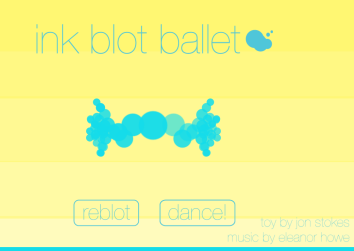

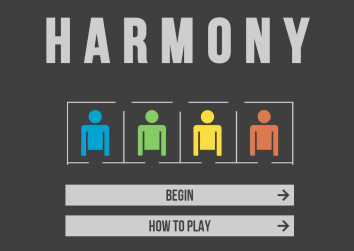

**Winner for Best Visuals at the NYU game jam site!**

